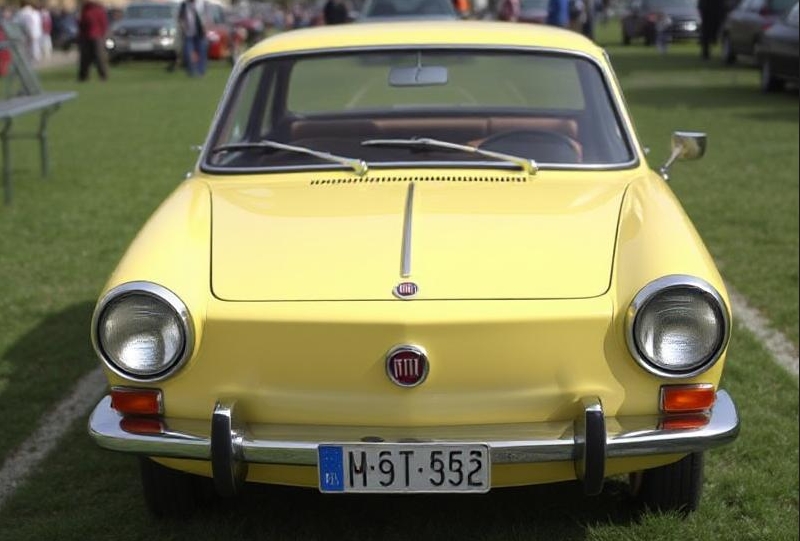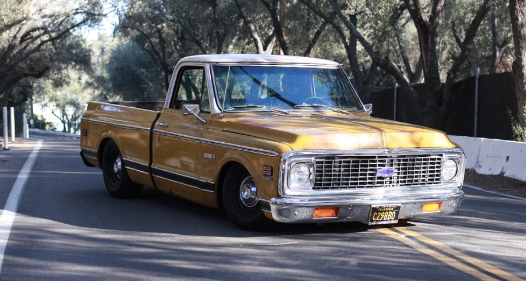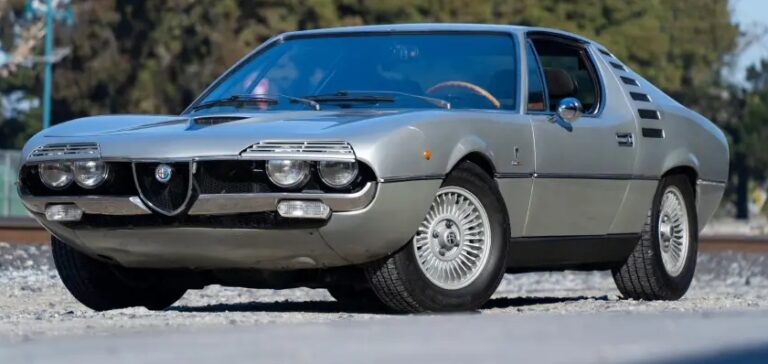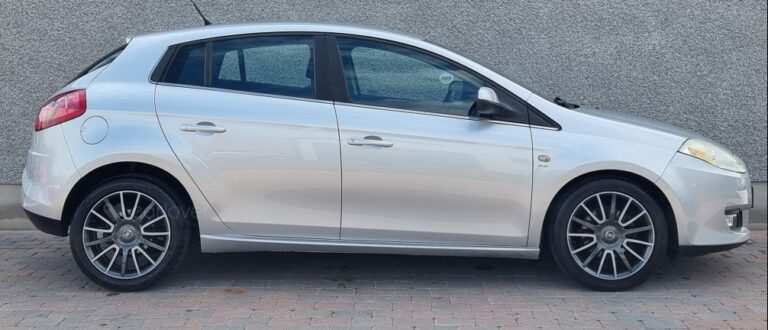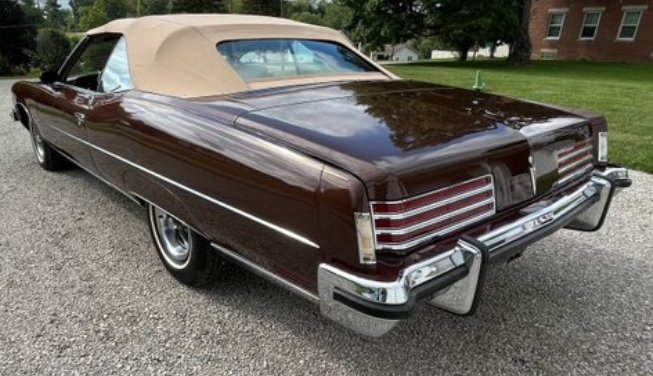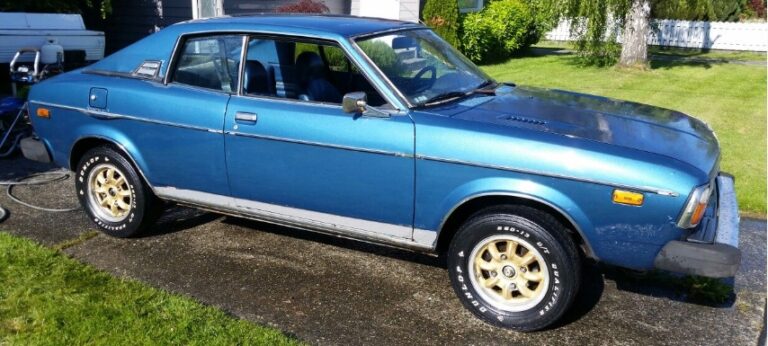The Evolution of the Fiat 850: A Classic Italian Icon
The Fiat 850 is a testament to the ingenuity and artistry of Italian automotive design and engineering. Produced from 1964 to 1973, this compact car was designed to offer an economical yet enjoyable driving experience to the masses. Over its decade-long production run, it evolved through various models and trim levels, encapsulating the spirit of an era marked by cultural change, economic growth, and the rise of the automobile as a universal means of transportation.
Origins and Production Years
The Fiat 850 was launched in 1964, built at Fiat’s Lingotto factory in Turin, Italy. Positioned as a small and affordable alternative to the Fiat 600, the 850 capitalized on the growing post-war automobile market in Europe. The car was produced until 1973, with multiple iterations and derivatives that reflected both consumer needs and technological advancements.
The Launch of the Fiat 850 (1964)
The Fiat 850 was introduced in 1964 as a rear-engine, four-cylinder vehicle, utilizing a 843 cc engine that produced around 34 horsepower. What made the Fiat 850 appealing was its compact size, relatively spacious interior, and charming design. The distinctive rounded body style was created by noted Italian designer Giovanni Michelotti, emphasizing the curvy, Italian aesthetic that resonated with consumers.
Initially, the 850 was available in a standard sedan variant known as the Fiat 850 Berlina. The Berlina was characterized by its gentle curves and simplistic design. Other notable features included small bumpers, large windows, and two doors — a design that maximized utility and minimized cost. The Berlina quickly gained popularity, establishing itself as an entry-level car for families and young drivers alike.
Expanding the Fiat 850 Lineup (1965-1969)
Following the introduction of the Berlina, Fiat expanded the 850 lineup in the years that followed, unveiling several variants to cater to different market segments.
- Fiat 850 Coupé (1965): Introduced in 1965, the Coupé variant was aimed at consumers looking for a sportier, more stylish option. With a lengthened hood and a slanted roofline, it offered a sleeker profile compared to the Berlina. The Coupé variant also featured a 903 cc engine that boosted power to approximately 47 horsepower.
- Fiat 850 Spider (1965): Also launched in 1965, the 850 Spider was a convertible variant designed by the esteemed car designer Sergio Sartorelli. The Spider retained the essence of the Berlina but was aimed at those seeking an exhilarating open-top experience. With a similar engine configuration as the Coupé, it garnered popularity among enthusiasts and those craving the joy of driving with the top down.
- Fiat 850 Special (1969): In 1969, Fiat further diversified the 850 lineup with the introduction of the 850 Special, a slightly more luxurious version of the Berlina. This trim featured a more refined interior, improved upholstery, and a slightly tuned engine delivering enhanced performance.
.
MANY auto lovers not only spend time in their garages to tinker on their autos, but have other projects going on in there as well. Wood working is a popular pastime for the creative type of individual. Not sure what to make next? Or thinking about getting into this kind of hobby? There’s lots of possibilities… Here’s some of them…

.
Mid-Cycle Enhancements and Twilight Years (1970-1973)
As the 1970s approached, Italy and much of Europe faced changing economic landscapes and increasing competition in the compact car market. Fiat responded with strategic updates and refinements to the 850 in its later years.
- Fiat 850 Sport Coupé (1970): In response to growing consumer interest in sporty models, Fiat introduced the Sport Coupé, elevating the design and performance aspects of the previous Coupé. This model included a more powerful 903 cc engine tuned for better responsiveness and suspension improvements that enhanced comfort and handling.
- Fiat 850 T (1971): The Fiat 850 T, unveiled in 1971, was a commercial variant of the 850 designed for utility and transport purposes. It featured a boxier design, increased payload capacity, and was often used for small businesses and commerce.
- Fiat 850 Berlina and Special Updates: In its final production years, the 850 Berlina and Special received cosmetic updates, including revised front and rear lighting, a more contemporary dashboard design, and improvements in sound insulation for a quieter ride.
The Fiat 850 range continued to enjoy popularity in several markets, establishing itself as a reliable and economical option for drivers seeking small sedans, sporty coupes, or utilitarian vehicles.
Legacy and Impact of the Fiat 850
The Fiat 850’s production ended in 1973, with an estimated 1.35 million units manufactured. However, its legacy endures. The Fiat 850 represented more than just a compact car; it epitomized Italy’s vitality in the automotive industry during a transformative era.
The combination of affordability, diverse models, distinctive Italian styling, and practicality made the Fiat 850 a popular choice among families and young drivers. The Berlina served daily commuting needs, while the Coupé and Spider delighted those seeking a sportier touch. Furthermore, the car’s engineering laid groundwork for future Fiat models and contributed to the company’s enduring reputation for building small, efficient cars.
Much of the Fiat 850’s design language and engineering principles persisted within Fiat’s future models, such as the Fiat 127 and Fiat 124. Its impact extended beyond Europe; the Fiat 850 was also assembled in countries like Spain and Argentina, adapting to local markets and furthering Fiat’s global footprint.
Conclusion
The Fiat 850 is more than just a car; it’s a piece of automotive history that represents a specific moment in time when Italy was at the forefront of automobile innovation. Its various models, including the chic Coupé, the spirited Spider, and the practical Berlina, collectively formed a versatile lineup that left a lasting impression on generations of drivers.
From its inception in 1964 to its eventual retirement in 1973, the Fiat 850 remains a cherished classic for car enthusiasts and collectors alike, reminding us of the innovative, vibrant spirit of Italian motoring in the 20th century. As vintage enthusiasts and collectors continue to restore and revive these vehicles, the Fiat 850 is a spirited reminder of a beloved era in automotive history.
